Did you know that a whopping 60% of small businesses saw a higher ROI by switching to budget marketing strategies in 2023? If you think you need a massive ad budget to compete, it’s time to rethink your approach. Budget marketing isn’t about cutting corners—it’s about being smarter, more creative, and hyper-local in your marketing efforts. Whether you’re a shopkeeper in a busy district or a service provider serving neighbourhood families, the following affordable hacks will show you how to grow sales, build brand awareness, and gain loyal customers, all without breaking the bank.

A Surprising Truth: Why Budget Marketing Makes All the Difference
Many business owners still believe you need a big advertising budget to make a serious impact in your local market. In reality, targeted budget marketing often outshines traditional approaches by focusing each pound where it matters most. Local and small business marketing strategies that favour digital marketing and clever content over costly mass media unleash a level playing field—even the smallest business can appear larger, smarter, and more responsive than big competitors.
By embracing a strategic marketing plan built around affordable tactics, owners gain flexibility to test offers, pivot messaging, and directly measure returns. The data doesn’t lie: shifting to savvy marketing spend approaches increases campaign ROI, especially when coupled with robust geo-targeting and membership pricing tools. Businesses that intentionally plan, track, and optimise consistently outperform those throwing money at generic ads.
"Over 60% of small businesses increased ROI after switching to budget marketing strategies in 2023." – Small Business Trends Report
What You'll Learn About Budget Marketing
- Essential concepts of managing a marketing budget on limited resources
- How to identify the best digital marketing hacks for small business growth
- Practical applications of geo-targeted and local advertising for marketing success
- Affordable content marketing tactics and email marketing tips
- Realistic ways to monitor, track, and pivot your marketing strategy on a shoestring
What is Budget Marketing?
Defining Budget Marketing for Small Businesses
Budget marketing is the art of maximising return on investment through cost-effective marketing tactics instead of high-dollar campaigns. Designed for small business owners with limited resources, it focuses on prioritising digital tools like content marketing, social media, and hyper-local advertising to drive sustainable growth. At its core, budget marketing is about understanding your market, targeting your efforts, and investing in channels with measurable impact.
For a small café, this could mean running geo-tagged social media campaigns tied to daily specials or floor flyers promoting an email signup. For a local retailer, it’s about leveraging Google My Business, partnerships with neighbourhood influencers, and repurposing blog posts across all platforms. By avoiding wasteful ad spend, you not only save money but also build a stronger community and long-term brand loyalty.

Why a Budget Marketing Plan is Crucial for Growth
Without a clear marketing plan, it’s easy to overspend on ineffective channels or ignore tactics that work. A budget-focused plan ensures that you consistently allocate resources where they matter most, creating a roadmap for all marketing activities—from social posts to local sponsorships. Most importantly, it encourages discipline, frequent measurement, and the ability to pivot swiftly when strategies need to change.
When growth stalls, budget marketing lets you test new ideas rapidly. Instead of burning through capital on huge traditional campaigns, you can run small experiments with different platforms—such as email marketing or local SEO—and double down on what delivers real results. It’s this agility that gives local businesses the edge when battling larger chains or launching into a new market.
Common Myths About Marketing Budgets and Spend
Myths abound in the world of advertising. One common misconception is that low marketing spend means low impact. The truth: efficient digital marketing and geo-targeted offers often outperform costly TV, radio, or print in converting new customers. Another myth claims only experts can craft a winning marketing strategy; in reality, many small business owners learn budget hacks quickly using free online marketing tools.
Some believe a “set-it-and-forget-it” approach is fine for a marketing campaign, but optimal results come from ongoing adjustments informed by analytics. A common trap is thinking you must mimic competitors’ spend—when, in fact, your audience may need very different touchpoints. Remember, effectiveness is measured by real results: foot traffic, inquiries, and sales, not ad impressions or page views alone.
Understanding Your Marketing Budget: Principles, Guidelines, and Essentials
How to Set a Digital Marketing Budget and Track Effectiveness
Setting your digital marketing budget begins with understanding which marketing channels bring measurable returns for your specific market. Start by reviewing last year's marketing spend versus sales outcomes, then set priorities: are you targeting customer acquisition, boosting local brand awareness, or deepening loyalty through memberships? Assign percentages based on real performance, keeping flexibility to experiment and reallocate funds monthly.
Tracking your budget means using dashboards, spreadsheets, or free platforms like Google Analytics and social insights. Monitor results for each tactic: know your cost per lead, traffic jumps after a campaign, and which local promotions deliver the highest conversion rates. Regularly review your performance against goals, so you can react quickly when a tactic starts to lag or when a new customer trend emerges. This deliberate focus ensures every penny of your marketing budget works toward driving sales and growth.
| Channel | Recommended Budget % | Typical ROI |
|---|---|---|
| Social Media | 20% | High |
| Email Marketing | 15% | Very High |
| Content Marketing | 25% | Moderate to High |
| Local Advertising | 20% | Moderate |
| Misc. Geo Targeting | 20% | Varies |

The 70 20 10 Rule in Marketing: Smart Allocation for Your Budget Marketing Strategy
Breaking Down the 70 20 10 Rule for Digital Marketing Budget
The popular 70 20 10 rule is an essential guide for small business owners managing a marketing budget. Allocate 70% of your spend to proven channels (think: email campaigns, social media, and basic search ads), 20% to new tactics with growth potential (like influencer partnerships or emerging platforms), and 10% to experimental ideas. This structure balances security—by investing in strategies with known results—against innovation, so your business can adapt as trends or platforms shift.
For example, your core marketing spend might go to a steady stream of social posts and weekly newsletters, while the 20% covers a trial run of TikTok ads or collaboration with neighbourhood micro-influencers. The final 10% could fund a creative “wildcard” idea: maybe a viral content contest or local augmented reality campaign. This flexible allocation method keeps your digital marketing budget robust and responsive, enabling iterative improvement throughout the year.
Applying the Rule in Local and Geo-Targeted Campaigns
For businesses rooted in a specific location, applying the 70 20 10 rule looks a bit different. The bulk of your marketing spend (70%) still supports baseline tactics—perhaps consistent Google My Business updates and recurring content marketing. The next 20% backs strategic moves in your area, such as print flyers, cross-promos with nearby shops, or locally targeted social media marketing. The final 10% can be “test and learn” projects: experimenting with new ad networks, sponsoring a local event, or piloting a geo-fenced digital deal.
In practice, using geo-targeted tools and neighbourhood data lets you fine-tune each approach, spending less but gaining much more impact. Keeping a steady eye on local campaign metrics ensures your marketing efforts remain cost-effective, nimble, and focused on genuine customer acquisition.

Four Proven Methods to Plan Your Promotional Marketing Budget
- Affordable Social Media Campaigns
- Email Marketing for Membership Pricing
- Local Listings & Geo-Targeting Opportunities
- Inexpensive Content Marketing and SEO Tactics
These methods are all about maximizing results. Affordable social media lets you generate buzz with modest spend, while email marketing offers unrivalled ROI for nurturing customer loyalty and boosting membership pricing deals. Leveraging local listings and geo-targeting connects you directly with high-intent local users, and content marketing (like FAQ blog posts or how-to videos) ensures ongoing brand awareness without costly ad buys. The goal: Turn every pound of your marketing budget into measurable community engagement and sales.
Smart small businesses blend all four, constantly fine-tuning based on marketing performance data. The savings from this coordinated approach can be put towards further digital experimentation, new launch campaigns, or hiring local talent. In effect, strategic planning transforms budget constraints into genuine marketing advantages.
The Best Marketing Channels for Small Business Budget Marketing
Selecting Low-Cost Marketing Channels That Deliver Results
Not all marketing channels are created equal, especially for those with limited resources. Focus on platforms that stretch every pound—think Facebook and Instagram ads (targeted locally), Google My Business for organic discovery, email campaigns for re-engagement, and developing partnerships with other trusted neighbourhood brands. Each channel serves a distinct role: reaching new customers, building loyalty, or driving foot traffic, so test and monitor performance carefully.
Community partnerships are often an overlooked gem. Co-hosting events or running joint offers with neighbouring businesses not only expands your audience but also adds credibility. Meanwhile, email and social media remain nearly free yet highly effective for ongoing engagement. Keep your budget digital but don’t ignore grassroots—flyers, local bulletin boards, and sponsorships are still powerful in a community setting when merged with smart digital marketing plans.
| Marketing Channel | Cost Level | Local Reach | Brand Impact |
|---|---|---|---|
| Facebook/Instagram Ads | Low-Medium | High | High |
| Google My Business | Free | Very High | Medium |
| Email Campaigns | Very Low | Moderate | High |
| Community Partnerships | Low | High | High |
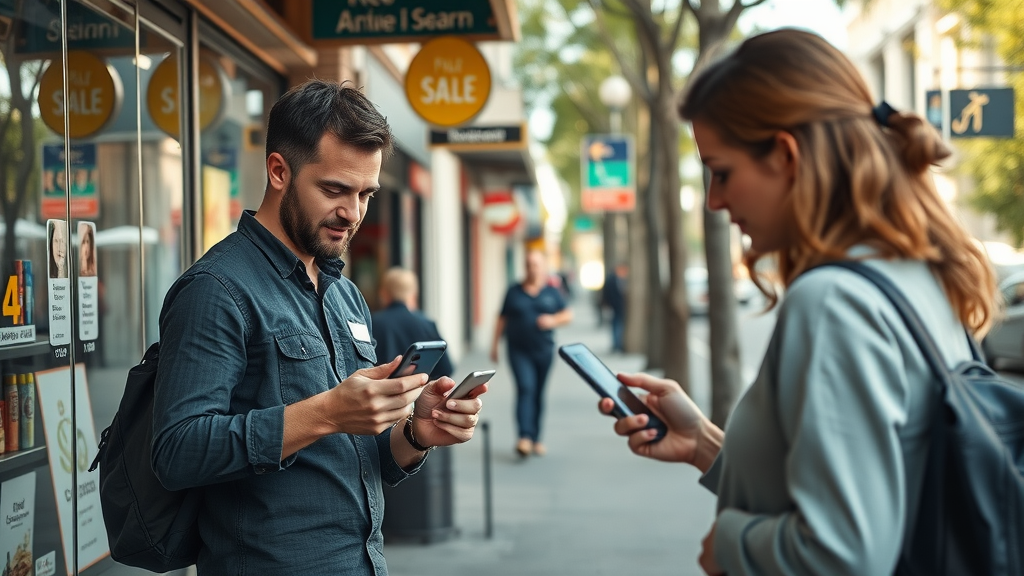
Affordable Social Media Marketing: Campaign Ideas and Calendar Planning
Local Social Media Hacks for Budget Marketing
Local social media marketing succeeds by championing authenticity and community-first content. Making the most of a tight marketing budget means focusing on high-engagement posts—share behind-the-scenes peeks, promote daily deals, go live at local events, and recognise loyal customers by name. Geo-tag your content to boost local visibility so users searching for businesses “near me” find your page first.
Plan a monthly content calendar focused on recurring themes: weekly Q&As, discounts for subscribers, or even a day when followers can share their own photos from your business. Advertise in local Facebook groups, run limited-budget Instagram story ads during peak hours, and use polls to get community feedback on offers or new services. These cost-effective tactics amplify your marketing efforts without requiring a full-time media team.

Membership Pricing Promotions on Social Platforms
Social channels are perfect for rolling out exclusive membership pricing promotions, rewards, or loyalty offers—even on a shoestring. Think about “members-only” event invitations, time-limited social-only discounts, or campaigns encouraging followers to invite friends in exchange for perks. These work best when matched with punchy visuals, scarcity-based messaging, and strong calls to action.
- Local event highlights
- Geo-tagged customer testimonials
- Themed daily deals
- Limited-time member discounts
- User-generated content challenges
Try running these five example campaigns for less than £50 each—track redemption rates and adjust the frequency based on engagement. Small businesses can outperform big chains simply by being more agile and responsive on platforms where neighbours already gather.
Leveraging Geo-Targeting: The Ultimate Local Marketing Tactic
Mapping and Segmenting Your Local Audience for Better Marketing Spend
When it comes to budget marketing, knowing exactly who you want to reach is half the battle. Geo-targeting lets even the smallest business run laser-focused campaigns based on postcodes, neighbourhood demographics, or even browsing behaviour within a set radius. Use data from previous promotions, local events, and footfall to craft offers tailored to your audience.
Divide your local community into segments—families, students, professionals—and create specific offers or ads for each. Tools like Facebook Ads Manager or Google Local Campaigns provide all you need to start, while tracking can be as simple as tallying walk-in conversions after a digital campaign. Small businesses that invest time learning these digital marketing budget tools see a big return on minimal spend.

- Use postcode targeting in Facebook/Google
- Segment offers by neighbourhood demographics
- Track walk-in conversions from local campaigns
By following these three steps, you ensure every local ad pound works toward building not just awareness, but measurable sales growth and customer loyalty.
The Power of Content Marketing on a Budget
Generating Maximum Engagement with Affordable Content
Content marketing puts your expertise to work for you—even with limited funds. Low-cost ideas include writing FAQ blog posts answering common customer questions, collaborating with neighbouring brands on guest posts, or designing eye-catching infographics around popular local themes. How-to videos featuring your products or services demonstrate your expertise, answer queries in real-time, and can be shared across multiple platforms for maximum reach.
- FAQ blog posts answering customer queries
- Guest posts with local partners
- Budget-friendly infographics tailored to your area
- How-to video tutorials for your product/service
Focus on storytelling—share real stories from your store or satisfied clients, and invite your customers to contribute their own content. Every piece of affordable content you produce can become the backbone of your ongoing marketing strategy, making consistent, cost-effective engagement a reality.

Repurposing Content for Multiple Marketing Channels
Don’t reinvent the wheel each time you post. Repurpose blog posts into email newsletter snippets, infographics for social, or Q&A segments for live video events. A single well-written blog post can anchor a week’s worth of marketing activity across all platforms. Savvy business owners maintain an inventory of evergreen content that educates, entertains, and repeatedly draws in new customers.
The secret to maximising your marketing budget is a multi-channel mindset—use every post, image, or video in several places, measuring which channel delivers the biggest engagement spike. Periodically revisit top-performing pieces and update them for new campaigns or seasonal offers, ensuring your content never goes stale.
Winning with Email Marketing: Best Practices on a Tight Budget
Building an Email List Locally
Email marketing remains one of the highest ROI marketing tactics, yet it’s often underused by small businesses. Building a quality local list starts at the counter: offer signup incentives at checkout, enter customers into a monthly draw, or provide a digital coupon for every new address collected. Integrate signup forms on your website and social media, ensuring every point of contact helps grow your reach.
Community events and pop-up stalls yield dozens of new contacts—each one a chance to bring a new customer back. Make sign-up voluntary and valuable, explaining clearly why your newsletters are worth reading. The more targeted your list, the higher your conversion rate from seasonal or member pricing campaigns.
Crafting Budget-Friendly Email Campaigns
The best email campaigns are personal, concise, and focused on offers relevant to your audience. Use email sequences to welcome new members, announce special discounts, or invite participation in loyalty programmes. Tools like automation workflows, list segmentation, and simple A/B testing can be implemented with free or low-cost platforms.
- Mailchimp
- Sendinblue
- MailerLite
All three offer robust free options—perfect for local small business needs. Track opens, redemptions, and unsubscribes to determine the most compelling content and marketing strategy for your audience. When used consistently, email marketing can reinforce every campaign, from holiday promo codes to event launches.

Small Business Success: Local Advertising and Membership Pricing
Affordable Local Advertising Options for Small Businesses
Traditional media marketing tactics—such as local flyers, in-store signage, or sponsoring a school event—still outperform digital alone for building lifelong customers in close-knit communities. For a low budget (often under £100 per campaign), you can sponsor a weekend market, put up a vibrant bulletin ad, or invest in attractive window displays.
Pair these grassroots tactics with digital reinforcement: post event photos on social, email attendees special follow-ups, or feature local partners in your content marketing pieces. Membership pricing can be spotlighted on every channel, turning occasional walk-ins into committed regulars who spread the word.
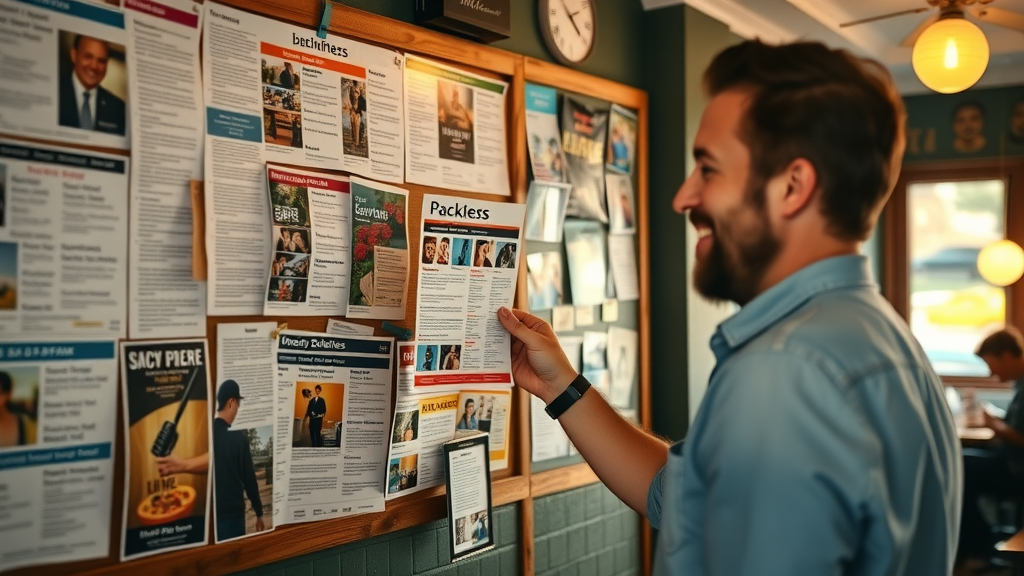
- Tiered membership for loyalty
- Geo-based limited-time offers
- Cross-promotion with neighbouring businesses
These three hacks convert one-time buyers to recurring members while increasing your brand’s credibility and local reach—all without stretching your marketing budget too thin.
Case Studies: Real Results from Budget Marketing Campaigns
- Local coffee shop using Instagram geo-tags
- Neighbourhood gym employing targeted membership email deals
- Salon leveraging local influencer partnerships
These examples show how creative use of social media, targeted email marketing, and community partnerships can significantly boost marketing performance—even with minimal marketing spend. Trackable improvements in foot traffic, signups, and brand awareness demonstrate the transformative power of nimble, affordable marketing.
How to Monitor and Adjust Your Budget Marketing Strategy
Tracking Marketing Spend and Measuring Real-World ROI
Successful budget marketing isn't a "set-and-forget" system. Use free or low-cost analytics tools to measure your spend versus results in real time. Establish clear KPIs for each campaign—cost per lead, bounce rates, email openings, walk-in conversions—then review performance every month. Fast, data-driven adjustments mean you only double down on tactics proven to deliver real revenue and new customer acquisitions.
Keep detailed spreadsheets or an automatic marketing dashboard, noting which local events, email drives, or content pieces resonate most. When a tactic underperforms, don’t hesitate to pivot: pause it, shift spend, or try a new channel. A responsive approach maximises every pound and ensures your marketing efforts stay sustainably profitable in the long term.
Using Analytics to Refine Geo-Targeted Efforts
Analytics make it easy to hone your geo-targeting precision. Map local website traffic, overlay ad impressions on neighbourhood segments, and monitor offer redemptions by area. Use small A/B tests (such as different Facebook audience choices or Google ad locations) to zero in on your best-performing segments.
Over time, you’ll know which nearby streets, clubs, or Facebook groups convert most new business or bring back lapsed members. Let numbers, not hunches, guide every shift in strategy—this approach is key for anyone stretching a tight digital marketing budget.
- Cost per lead
- Local website traffic increase
- Conversion rates from local ads
- Email open rates and redemptions
Focus on these four metrics for continuous improvement. They reveal, at a glance, which marketing activities are worth every penny.
People Also Ask
What is budget marketing?
Answer: Budget marketing is the strategic use of cost-effective marketing tactics, such as social media, local advertising, and email, to achieve maximum sales and brand awareness with minimal spend. Especially vital for small business, it ensures every penny spent generates positive ROI.
What is the 70 20 10 rule in marketing?
Answer: The 70 20 10 rule guides marketing budget allocation: 70% goes to proven, steady marketing channels, 20% to new growth tactics, and 10% to experimental innovations. This keeps your budget robust and responsive.
What are the 4 methods of promotional budget?
Answer: The four methods are Affordable Method (spend what you can afford), Percentage of Sales, Competitive Parity (match rivals), and Objective-and-Task (set goals, then budget). Each fits different small business realities.
What are examples of marketing budgets?
Answer: Example budgets include £500/month for social media ads, £200 for email platforms, £300 for local sponsorship, and £100 on Google My Business enhancements—blending digital marketing budget tools and traditional marketing spend.
FAQs: Your Budget Marketing Questions Answered
- How much should a small business spend on marketing each month?
- Are there ways to test new marketing channels without big investments?
- How do I create a marketing plan with a limited budget?
- What tools help track marketing tactics and ROI?
Key Takeaways: Getting the Most from Your Budget Marketing
- Invest in local, geo-targeted marketing channels for highest returns.
- Monitor and adjust your digital marketing budget regularly.
- Reuse content and leverage affordable platforms to maximise exposure.
- Membership pricing and local partnerships can expand reach on a budget.
Conclusion: Affordable Marketing Drives Local Success
"Every penny counts when it comes to growing your business locally—and smart budget marketing ensures every one of those pennies works twice as hard for you."
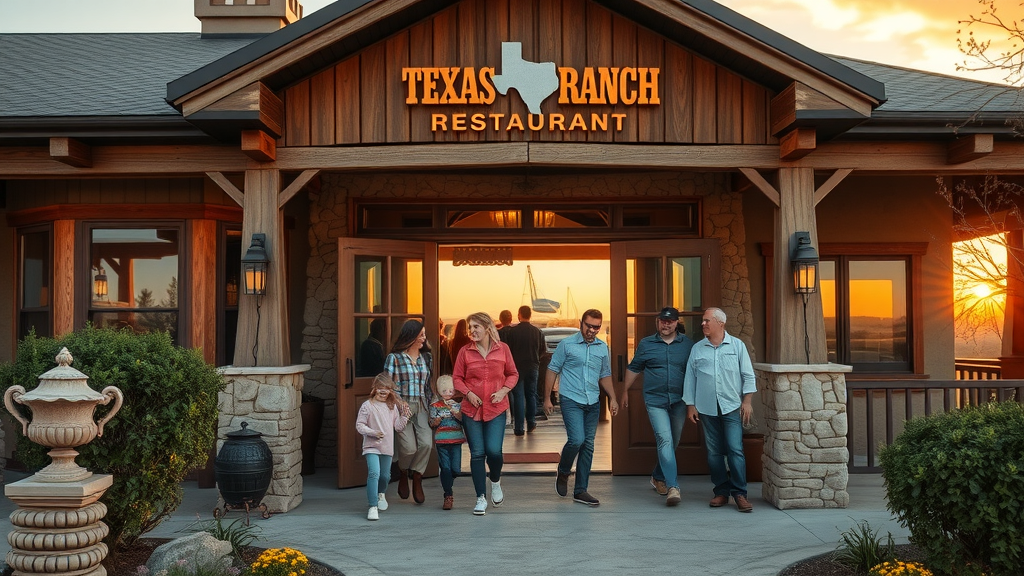
Ready to Transform Your Sales? Contact Us Today
- Email: Gary@weacton.com
- Call: 07549988991
- Get expert advice on boosting your local business with budget marketing now.
Sources
- Small Business Trends – https://smallbiztrends.com
- Mailchimp – https://mailchimp.com/resources/marketing-budgets-for-small-businesses/
- Shopify – https://www.shopify.co.uk/blog/marketing-budget
- HubSpot – https://www.hubspot.com/marketing-statistics
To further enhance your understanding of budget marketing strategies, consider exploring the following resources:
- “How to Create a Marketing Budget for Your Business” (uschamber.com)
This article provides a comprehensive guide on developing a marketing budget tailored to your business goals, including steps to outline objectives, identify target audiences, and evaluate plan effectiveness.
- “How to Create a Marketing Budget” (squareup.com)
This resource offers insights into calculating your marketing budget, discussing common methods such as revenue-based, goal-driven, and top-down approaches, along with factors to consider like shifts in consumer preferences and the value of current customers.
If you’re serious about optimizing your marketing efforts on a limited budget, these resources will provide valuable strategies and practical steps to achieve your goals.
 Add Row
Add Row  Add
Add 
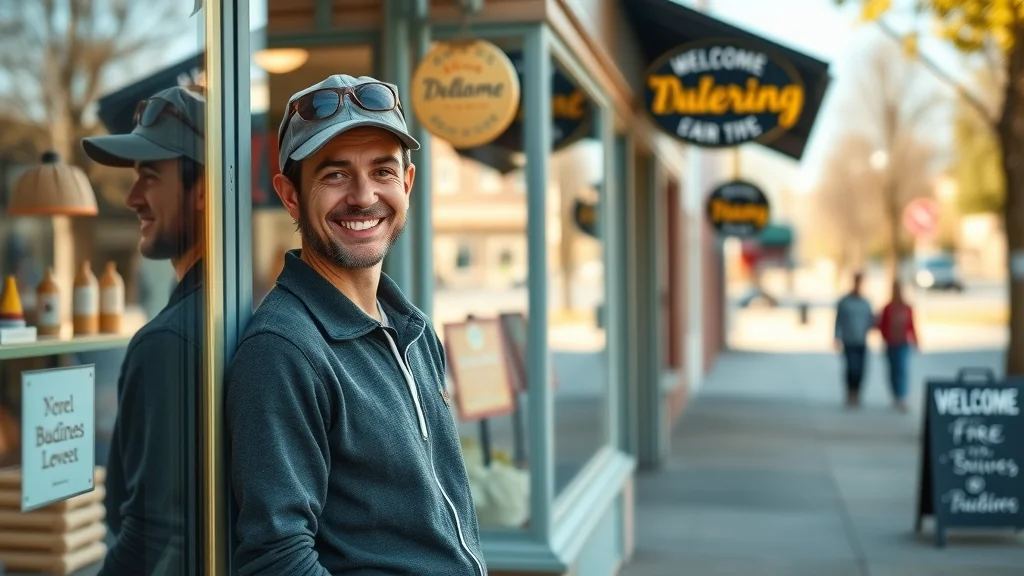
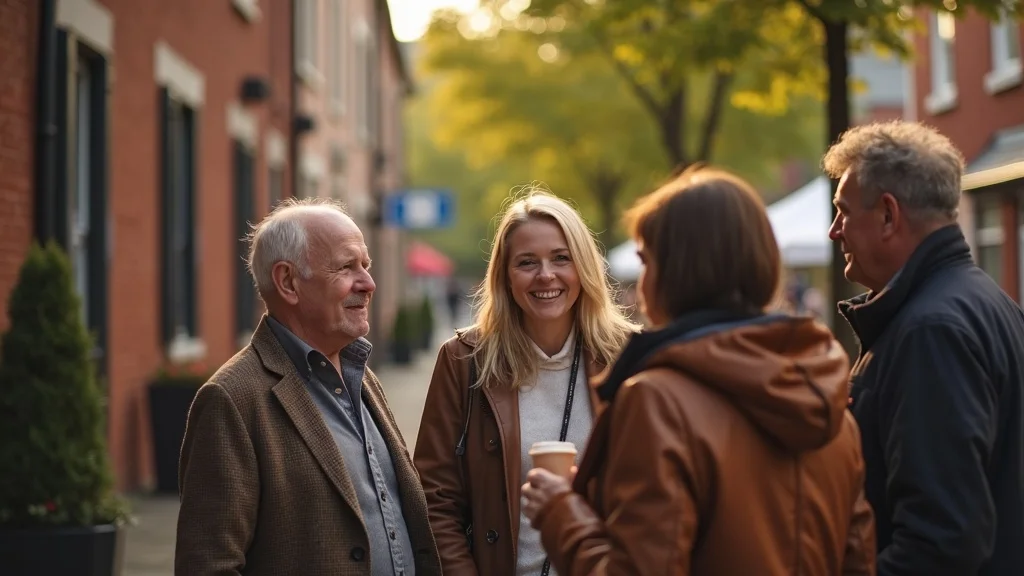

Write A Comment